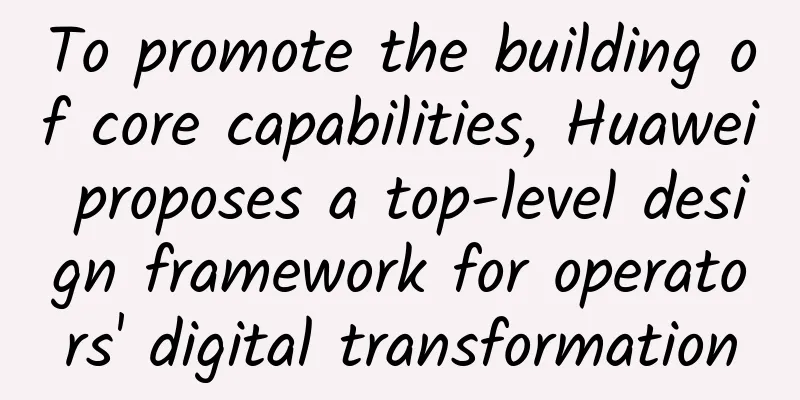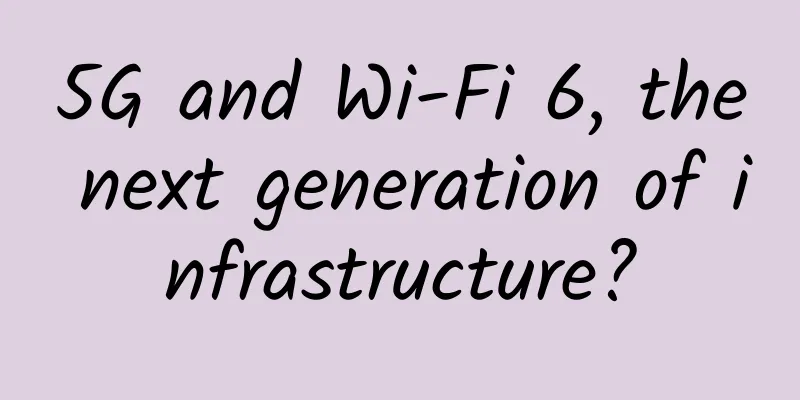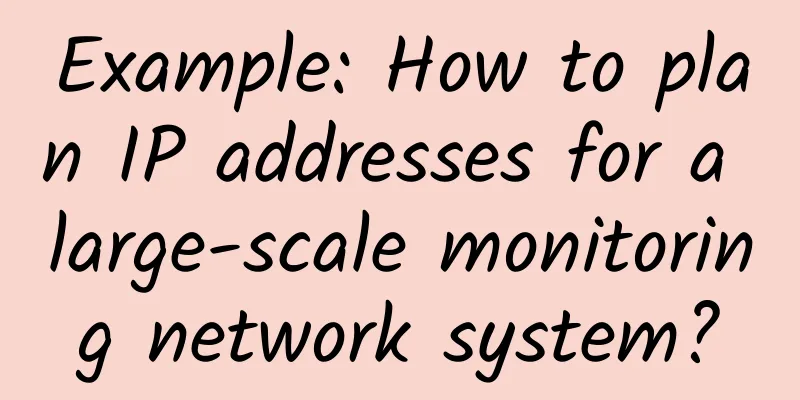To promote the building of core capabilities, Huawei proposes a top-level design framework for operators' digital transformation

|
Today, at the MWCS 2021 media analyst pre-communication meeting, Shi Jielin, Vice President of Huawei Cloud and Computing BG and President of the Marketing Department, delivered a keynote speech entitled "Building New Capabilities for Digital Transformation and Enabling Intelligent Upgrades in Thousands of Industries", proposing a top-level design framework to help operators with digital transformation, relying on a new generation of digital intelligent foundation to drive operators to build four core capabilities for digital transformation. With the rapid development and application of new ICT technologies, thousands of industries have generated urgent demands for end-to-end integrated solutions with large bandwidth, low latency, multi-connection network services + ubiquitous computing needs + application integration during their transformation and upgrading, and operators have ushered in new development opportunities. Shi Jilin said: "From a simple network service provider to an integrated ICT service provider, operators have ushered in the best opportunity for digital transformation and building core competitiveness. As the core role in the era of digital transformation, they have become a powerful engine for promoting innovation and change in all walks of life. Huawei has proposed a top-level design framework for operators' digital transformation and upgrading, which will complement the operators' advantageous resources and help operators build cloud and intelligent capabilities on the basis of connectivity, collaborate with the ecosystem, and enable intelligent upgrades in thousands of industries."
Shi Jilin, Vice President of Huawei Cloud and Computing BG and President of Marketing Digital transformation can help operators unify data, restructure processes, achieve agile market launch, network autonomy, and precision marketing, thereby improving efficiency and creating an ultimate customer experience; at the same time, it can build cloud-network-edge collaboration capabilities through unified API capability calls, online and offline ecological integration, and big data analysis, enabling industry innovation. Based on this architecture, building a digital intelligent foundation with data centers and clouds as the core is the key to operators' digital transformation. On this basis, operators can migrate to the cloud in a classified and rhythmic manner based on the value and needs of the business to achieve smooth evolution of the business.
With the support of a digital intelligent base, operators can build four core digital capabilities and seize business opportunities that enable the industry's intelligent upgrade. Digital operations: Gradually migrate traditional operation support systems to the cloud and improve internal operation efficiency through digital tools.
To help operators with their digital transformation and upgrade, Huawei has proposed an advanced top-level design framework and worked with global operators and partners to build an open and win-win digital ecosystem. From infrastructure to digital platforms, and then to end-to-end solution capabilities, Huawei plays the role of "black soil" and enables intelligent upgrades in thousands of industries. |
<<: Will the cloud business of the three major operators surpass Alibaba and Tencent in 2021?
>>: Huawei CEO Ding Yun: Lighting up the future and releasing new value of connectivity
Recommend
The End of 2G and 3G Networks: The Transition to 4G and Beyond
As technology evolves and big data becomes more p...
Dell'Oro report: By 2026, Open RAN is expected to account for about 15% of the overall RAN market
A new report from market research firm Dell'O...
edgeNAT: 30% off for Korean dedicated servers, 20% off for monthly VPS in Korea/USA/Hong Kong, 30% off for annual VPS
edgeNAT is a Chinese hosting company founded in 2...
Single-pair Ethernet standard means goodbye to batteries
If you’ve ever spent a Christmas morning with chi...
It’s settled! 5G official logo officially announced
In the 4G era, although "4G" and "...
The United States has another big move for 5G: agreeing to merge two major operators
[[265869]] The Trump administration has tried eve...
How to set up router bridging is actually very simple
A wireless router cannot fully cover the room. If...
Kubernetes Gateway API v1.1 Interpretation, do you understand it?
A few days ago, the K8s Network SIG released the ...
DHCP in 37 pictures: The invisible person who gives you your IP address
DHCP appears A computer or mobile phone needs an ...
edgeNAT May 1st Promotion: 30% off for annual VPS and 20% off for monthly VPS, top up 500 and get 100 free, Hong Kong/Korea 2G memory package starting from 48 yuan per month
edgeNAT is a Chinese hosting company established ...
A heated debate among various parties: How far are we from a 5G hit?
[Original article from 51CTO.com] Remember that t...
"Hyper-converged Data Center Network Lossless Ethernet Scenario Level Evaluation Specification" released, Huawei is the first to complete the evaluation
The "2021 Open Data Center Summit" was ...
Riverbed China Survey: There is a huge gap between digital vision and digital performance
[Beijing, July 3, 2018] Digital performance compa...
AI and 5G ranked as top technology trends for 2022 and beyond
In a survey of 350 chief technology officers, chi...
Internet of Things, AI: Seven major trends that will reform enterprise IT in 2018!
I have said in recent articles that 2018 will be ...









